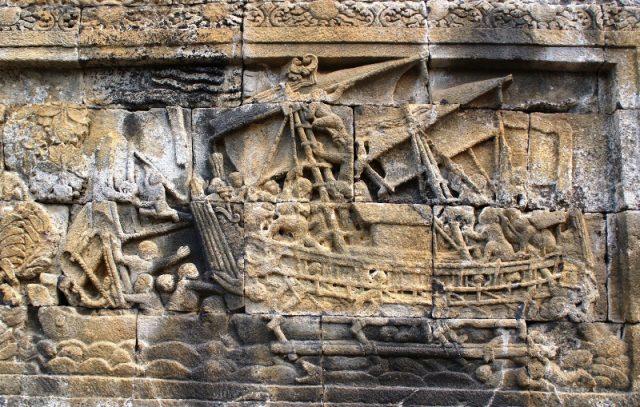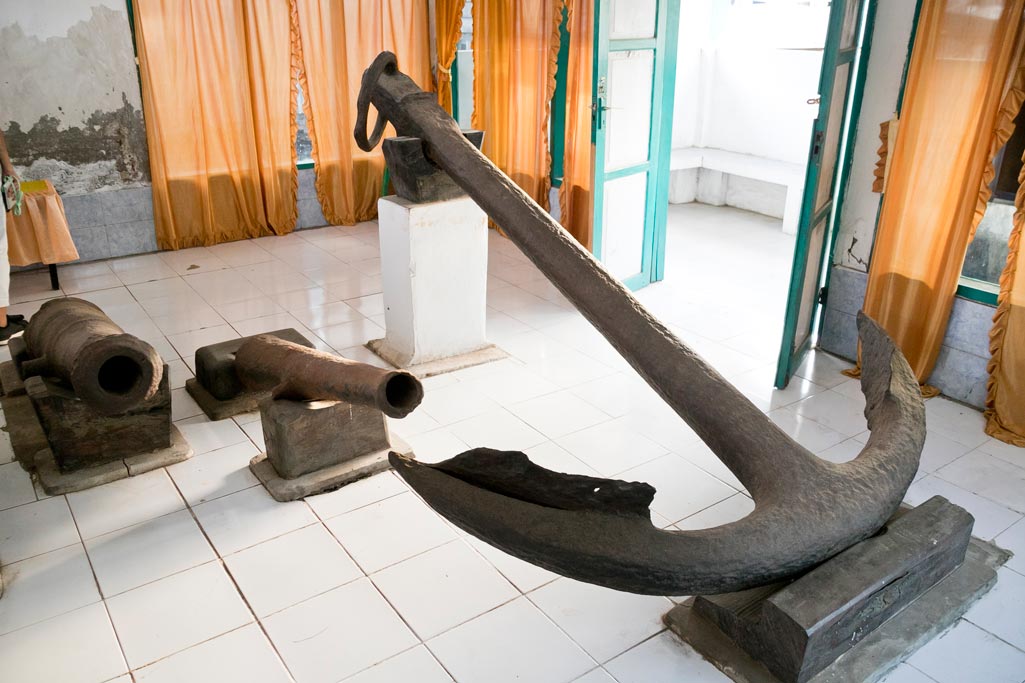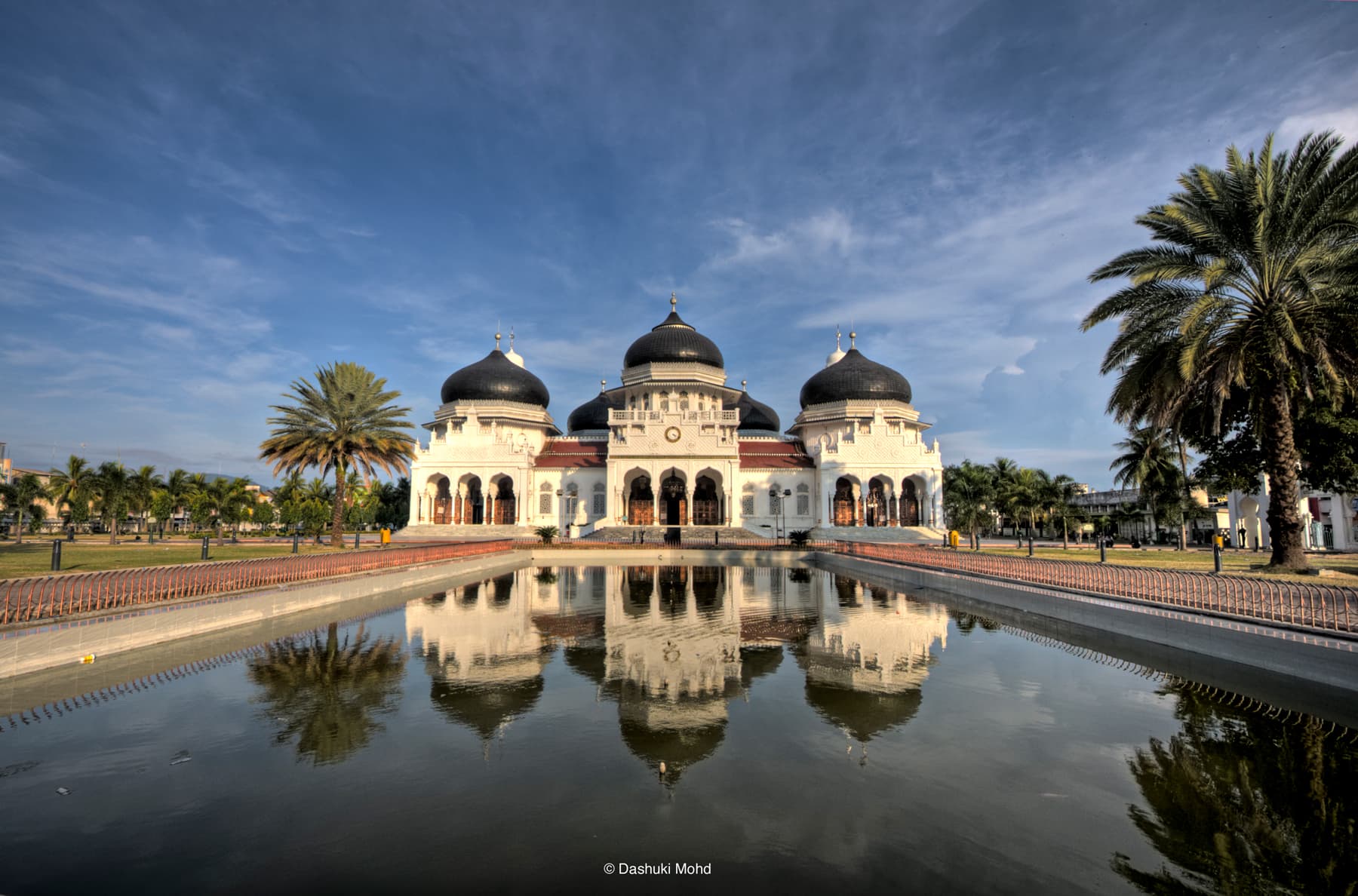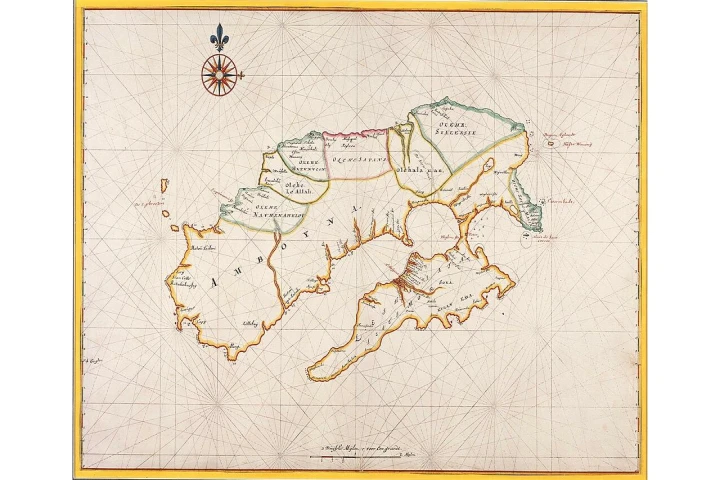
The intermingle of cultures and the connectedness among nations in Indonesia didn’t occur in a vacuum. The arrival of the transnational traders centuries ago held a vital role in the cultural assimilations. We can see the trace through the tangible and intangible cultural heritage in Indonesia. Spices were responsible for this, for as an essential commodity, spices from different parts of Nusantara appeared in the spice trade traffic. It then became one of the significant cultural routes known as the Spice Routes.
Like the Silk Roads that connected the East and the West, the Spice Routes became a crucial part of globalization. As one of the ancient trade routes, Spice Routes served as cultural, economic, political, and religious interactions. The traces of foreign nations in the spice islands proved that spices took a more significant role than merely as a comodity. It took part in creating a multi-ethnic Indonesia as of today.
Besides attracting thousands of ships from outside of Nusantara, the taste of spices gave rise to a point and cultural trace and traditions that exist today. It proved that the maritime axis of Indonesia had existed and influenced the future of the country long before Indonesia existed.
The Spice Routes across the islands of Nusantara, China, India, the Middle East to Europe was started as the mission to seek spices that grew in Nusantara and were carried outside. People used spices to meet their daily needs (health, seasoning, and rituals) until they stole the world’s attention and managed to mobilize the world’s economy. It triggered the other countries to search for spices. It led to the cross-culture between the locals and the foreigners as causality and formed the diversity of Indonesia that we know today.
It is believed that the Spice Routes as ancient trade routes were formed long before the Silk Roads existed. The application of black pepper in Ramses II’s (1224 BC) nostrils as mummy preservation is proof. Another proof was the 200 AD poem from Tamil “Cilappatikāram” (the lay of the anklet) that records the verses of pepper. “The beautiful vessels, the masterpieces of the Greeks, stir white foam on the Periyar River . . . arriving with gold and departing with pepper.” holds an interesting fact that is worth our time to trace it deeper, about the origin of the spice and when the Spice Routes first appeared.
In addition, the fact that the sea people (Bajau Tribe), who often went on adventures centuries ago and lived in almost every archipelagic waters of Nusantara, is also interesting to be traced further.
Spice Routes as ancient trade routes is a perspective that we use to see the people of Nusantara’s role centuries ago. Thus, it’s essential as a means of historical and geographical reconstructions, and our new point of view to look back at the sea rather than keep turning our backs on it. It’s a precious and significant trace for us today.
Sources:
Lapian, Adrian B. 2009. Orang Laut, Bajak Laut, Raja Laut. Komunitas Bambu.
Marihandono, Djoko & Bondan Kanumuyoso. 2017. Rempah, Jalur Rempah, dan Dinamika Masyarakat Nusantara. Jakarta: Direktorat Sejarah.
Razif & M. Fauzi. 2017. Jalur Rempah dan Dinamika Masyarakat Adat Abad X-XVI: Kepulauan Banda, Jambi dan Pantai Utara Jawa. Jakarta: Direktorat Sejarah.
Turner, Jack. 2011. Sejarah Rempah: dari Erotisme sampai Imperialisme. Komunitas Bambu.
Text & Editor: Doni Ahmadi
Translator: Dhiani Probhosiwi









